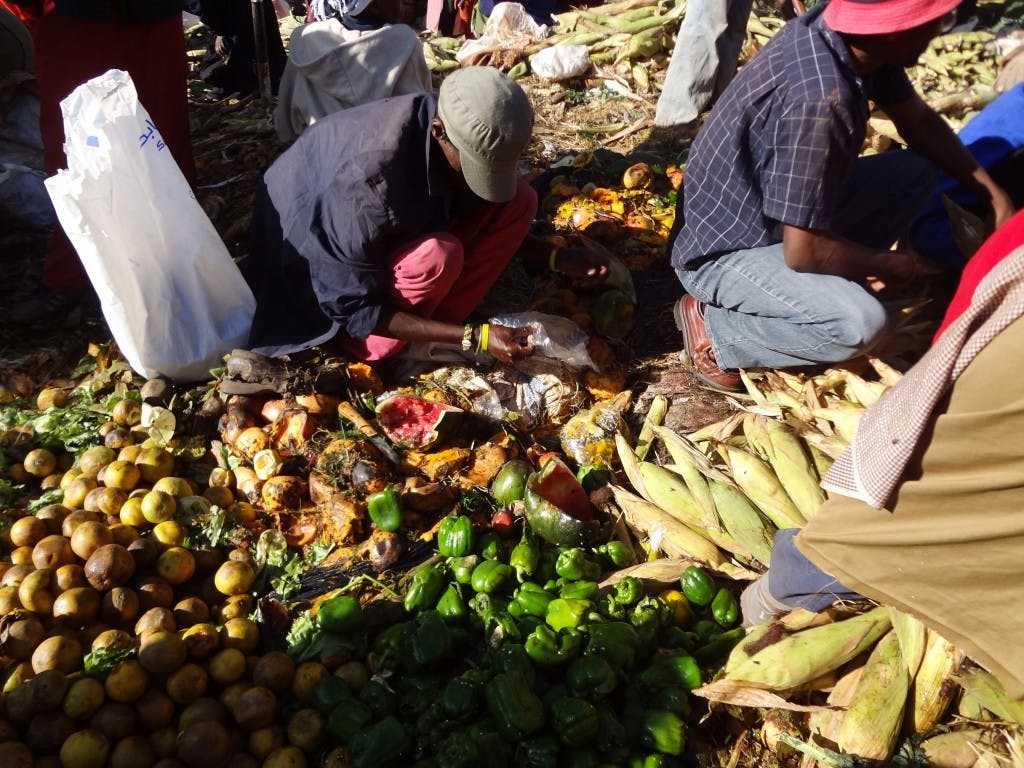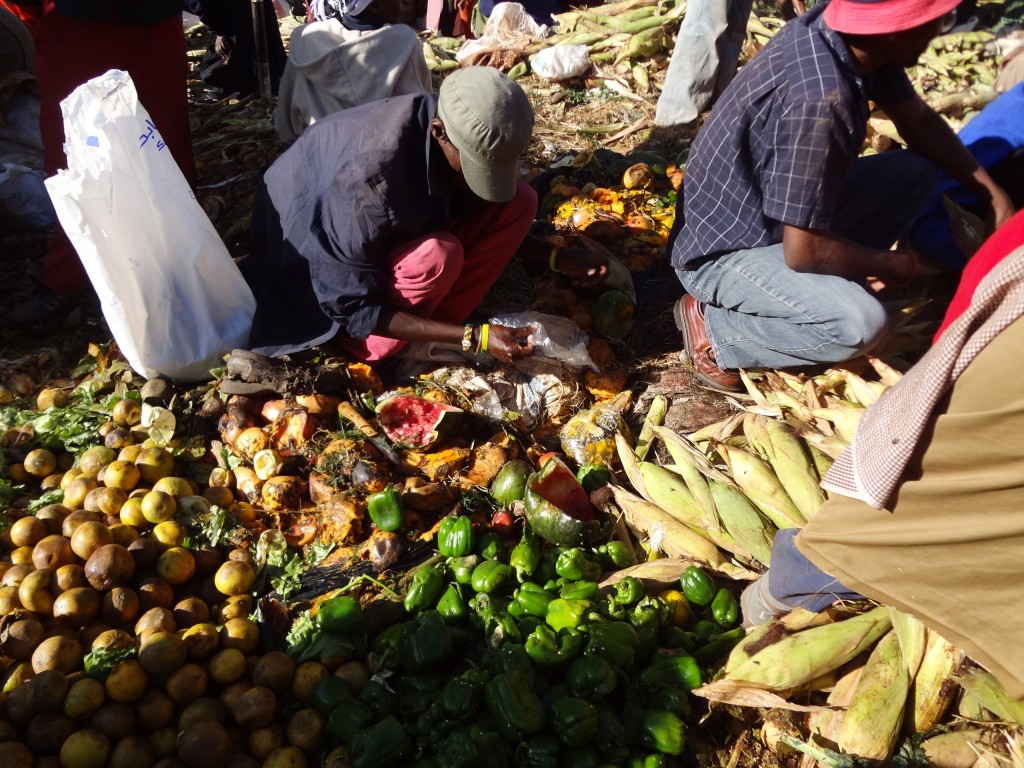The Dumps are Full of Food.
Jan 21, 2015
Story


The emotion that went through my heart when I read about the world’s food wastage was shock! How can food, much enough to feed sub Saharan Africa just be rotting somewhere in a dump, feeding the atmosphere with stench?
I am picturing the weak, bony and lifeless children I saw in Isiolo , Eastern Kenya during a UNHCR field trip . They could otherwise be strong, playful and grateful if someone in Australia just didn’t DUMP FOOD. I am told Australia is where at least every home dumps 1000 kg of food per year. http://www.unep.org/wed/quickfacts
Of course it is not only Australians who dump food, sadly I confess that even at my house there are times we dump bread or our staple maize meal called ugali.
You may say, I live in Nairobi about three hundred kilometres from Isiolo where children are sleeping on empty bellies for months. How do I give them my kitchen surplus? Or worse you don’t even know where Isiolo is.
I believe a simple solution could go a long away, such as reducing the amount of food we dump from our plates.
The food wastage equation is something of this sort:
We dump so much because we consume way less than we buy.
If we buy less accumulatively, then supply will artificially increase.
Increased supply leads to a price fall.
Then lower prices will accommodate more people to afford food.
My equation may not be quite economically sound, but the sense I believe we can all get from this is that we need to do all it takes to avoid wastage, especially reducing the amount of leftovers from our own plates.
In a real world, it would be impractical to ferry remains of perishables from our kitchens to a distant neighbour. It may even be seen as demeaning to give a poorer neighbour leftovers after eating to your fill.
So finding a dignified way of reaching out to the world’s 900 million hungry people is the matter we all need to meditate. The cliché food aid approach is a palliative. And that is not to say food aid is useless, but to admit it just doesn’t address the problem wholly.
We now know that the world’s empty stomachs are not because food production is failing, but because the supply, storage and consumption trends are faulty.
Markiti is a fresh vegetable market in Nairobi .It is infamous for foul smelling air that sharply hits your nose as you pass by in traffic. Famished street children often scavenge in these decomposing fruit and vegetable to survive. Many more marginalized people who can’t even reach the remains unfortunately starve to death. At least 20, 000 of them die in a year across the world.
Traders at Markiti market, say their main concern is lack of storage facilities. During my visit to the market, I could hardly find any space to walk on. I had to push and shove my way through crowds, carts, and sacks of farm supplies lying on the dirty ground.
Most of the market is carpeted with remains of fruits and vegetables. You can feel their juices squelching under your feet as you step on the mangoes and oranges strewn all over the ground.
The traders lose close to half of their goods. Tony Wambua says: I bring two sacks of onions ,I only sell two, the other two go to waste. I don’t have a way of storing them.




